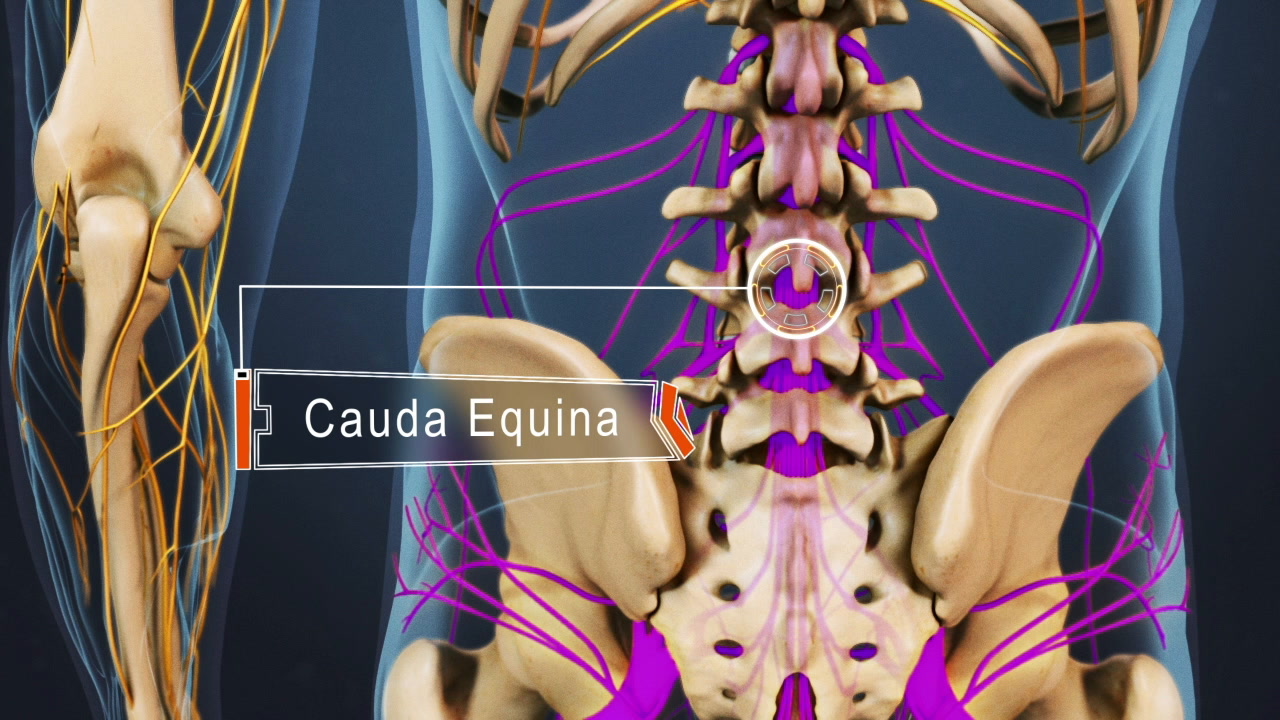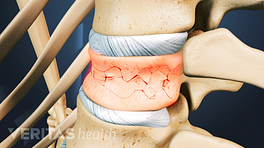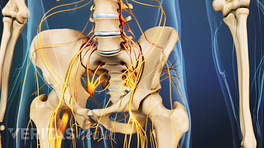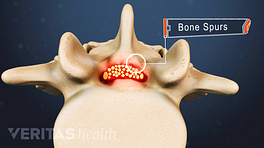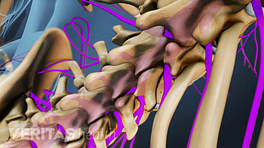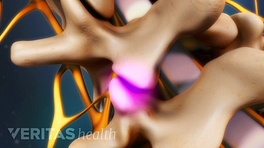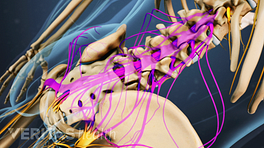Cauda equina syndrome occurs when the cauda equina, a bundle of nerve fibers at the bottom of the spinal cord, becomes irritated by pressure or inflammation.
The spinal cord runs from the base of the skull to the top of the lumbar spine, where it splits into a bundle of nerve root branches called the cauda equina.
The individual nerves in this part of the spinal cord exit through small holes in the lumbar spine called foramina, and run downward through the sacrum, to the legs and feet.
The nerve fibers of the cauda equina communicate sensory and motor nerve messages between the central nervous system and the pelvis and lower limbs. They are responsible for control and sensory function of the bowel and bladder, genitals and saddle area, and the nerves that run down the legs.
Any lumbar spine condition that compresses the nerves of the cauda equina can cause cauda equina syndrome.
Often, it is a massive disc herniation that causes the syndrome. Other causes include spinal stenosis, inflammation or infection within the spinal canal, tumors, or injury to the spine.
The symptoms of cauda equina syndrome will vary depending on which nerves are affected and the degree of nerve compression and subsequent irritation.
These symptoms include severe low back pain, and neurological problems in the saddle region and lower limbs that may include urinary or bowel incontinence, loss of feeling, motor weakness, or loss of motor function in the legs such as difficulty walking.
Though rare, acute cauda equina syndrome is a serious medical emergency. It usually requires decompression surgery on the spine within 24 hours, in order to remove pressure from the nerves.
Acute cauda equina syndrome that results in nerve damage is rare. However, if left untreated, cauda equina syndrome can result in paralysis, loss of sensation below the lumbar spine, and permanent loss of bladder and bowel control.
In This Article:
- Cauda Equina Syndrome
- Cauda Equina Syndrome Symptoms
- Causes of Cauda Equina Syndrome
- Treatments for Cauda Equina Syndrome
- Cauda Equina Syndrome Video
